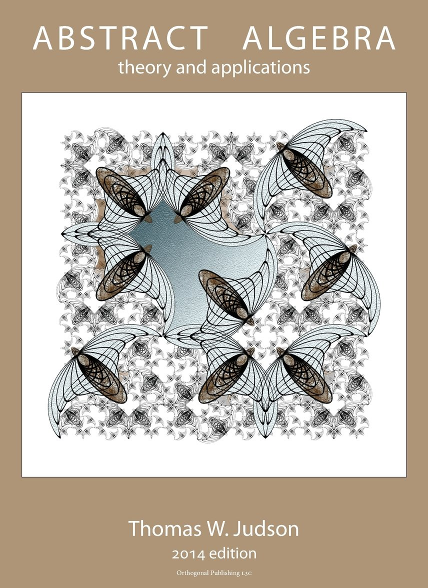1.
Prove that
\begin{equation*}
1^2 + 2^2 + \cdots + n^2 = \frac{n(n + 1)(2n + 1)}{6}
\end{equation*}
for \(n \in {\mathbb N}\text{.}\)
Answer.
The base case, \(S(1): [1(1 + 1)(2(1) + 1)]/6 = 1 = 1^2\) is true.
Assume that \(S(k): 1^2 + 2^2 + \cdots + k^2 = [k(k + 1)(2k + 1)]/6\) is true. Then
\begin{align*}
1^2 + 2^2 + \cdots + k^2 + (k + 1)^2 & = [k(k + 1)(2k + 1)]/6 + (k + 1)^2\\
& = [(k + 1)((k + 1) + 1)(2(k + 1) + 1)]/6,
\end{align*}
and so \(S(k + 1)\) is true. Thus, \(S(n)\) is true for all positive integers \(n\text{.}\)

